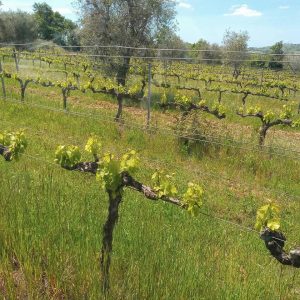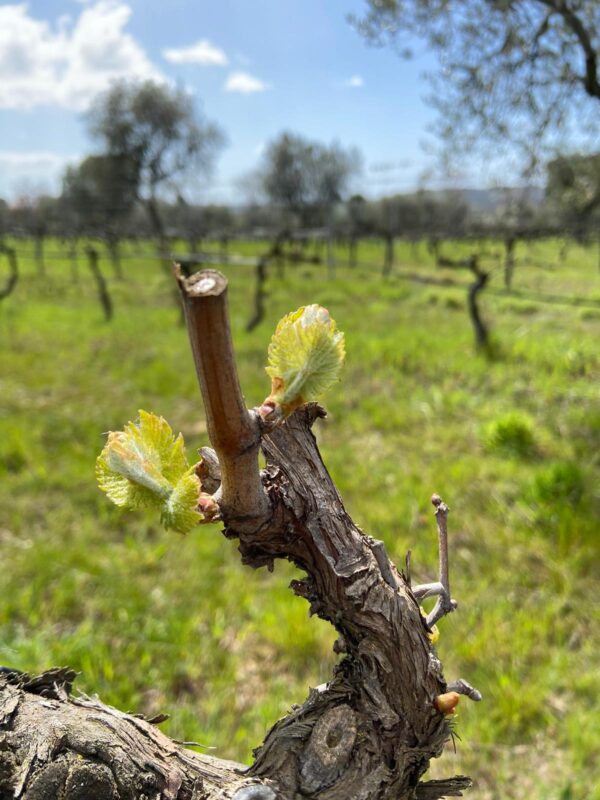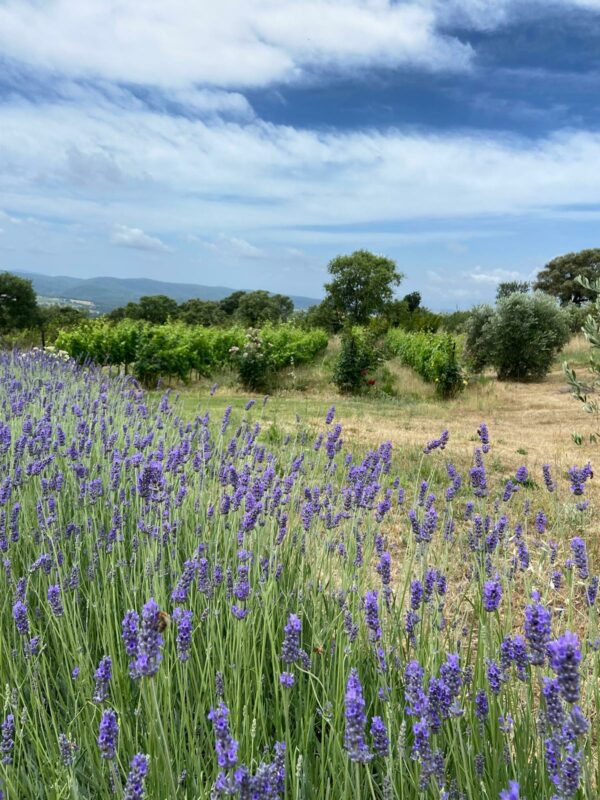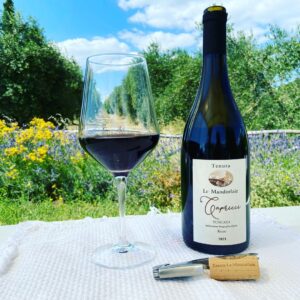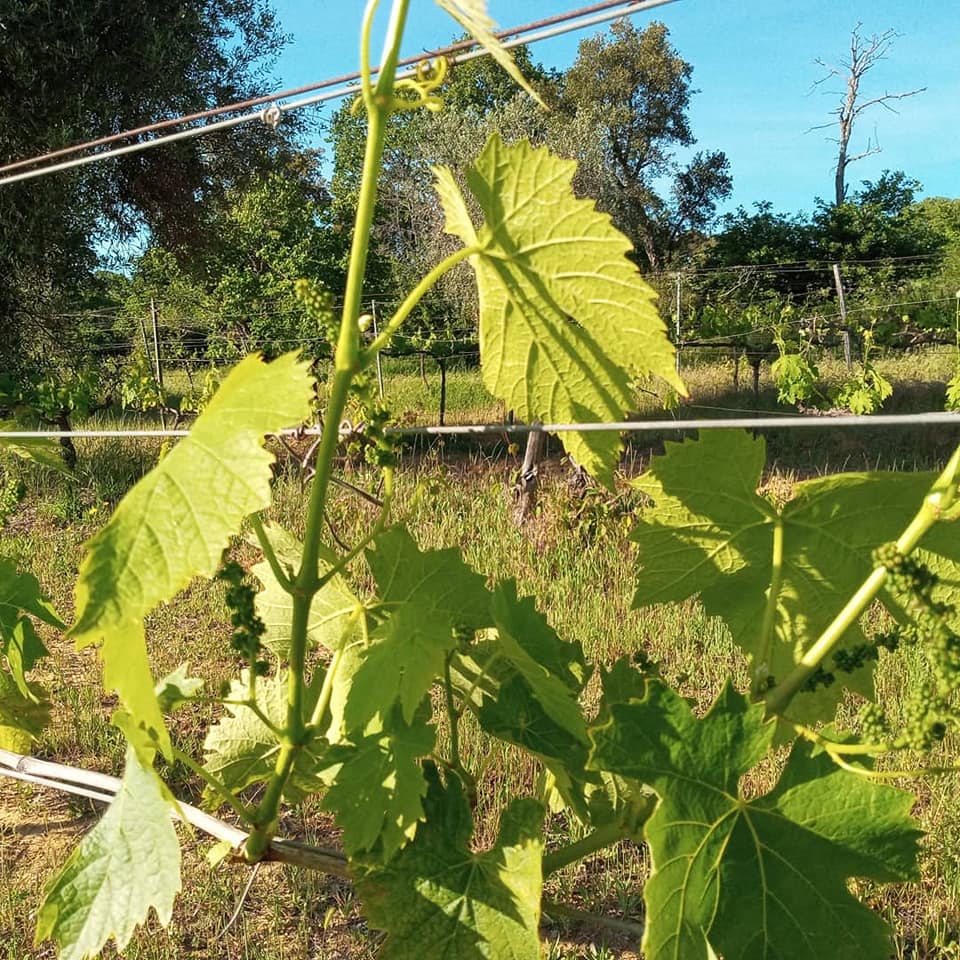
Vineyard work in May, a Focus on Green Pruning
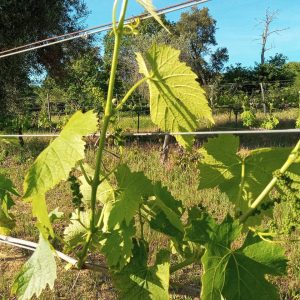
New vine shoots
Work in the Vineyard in May, we focus on Green Pruning
As spring deepens and the vines awaken in earnest, May marks one of the most dynamic and crucial months in the viticultural calendar. The vineyard hums with growth as the season shifts from the tender buds of April to the vigorous shoots and leaves of May. Amid this vitality, one task rises to the forefront for vineyard managers and winegrowers alike: green pruning.
This important cultural practice, also known as canopy management or spring pruning, is essential for shaping the vine, managing yield, improving fruit quality, and safeguarding plant health. While winter pruning sets the stage by choosing the basic structure of the vine, green pruning refines the vine’s development as it reacts to the climatic and growth conditions of the season.
Let’s explore what green pruning is, why it’s important, and how it’s carried out, particularly during the critical month of May.
Understanding Green Pruning, What Is It?
Green pruning refers to a set of manual interventions on the green, actively growing parts of the vine, typically performed in late spring and early summer. Unlike winter pruning, which cuts dormant wood, green pruning focuses on shoots, leaves, and developing fruit clusters while the vine is in full growth mode.
These activities may include
- Shoot thinning
- Shoot positioning
- Topping
- Suckering (removal of basal shoots)
- Leaf removal
- Lateral shoot removal
In essence, green pruning allows the grower to sculpt the canopy, ensuring proper light penetration, air circulation, and the balance between vegetative growth and fruit production.
Why Green Pruning Is So Important in May
May is the ideal month for green pruning for several reasons:
1. Vine Growth Is Vigorous
By May, most vines—especially in temperate zones like Tuscany, Bordeaux, Napa, or the Douro—have moved beyond budbreak and are sending out multiple shoots and leaves. The vine is expending a lot of energy, often producing more growth than it can support efficiently. Green pruning helps redirect that energy toward the most promising shoots and fruit clusters.
2. Canopy Management Begins Early
Sunlight and air are essential for ripening and disease prevention. May is the time to start managing the canopy so that the bunches will have optimal exposure to sun and breeze during the summer. Poor airflow and dense foliage later in the season can lead to issues like mildew or botrytis.
3. Quality Over Quantity
If left unchecked, a vine will often produce too many clusters, leading to overcropping. While this may seem like a positive in terms of yield, it diminishes fruit concentration and delays ripening. Green pruning enables selective removal of shoots and clusters, which helps to achieve balance and optimize grape quality.
The Core Tasks of Green Pruning in May
Shoot Thinning
- Shoot thinning involves selectively removing excess or poorly positioned shoots that have emerged from the vine’s buds.
Why It’s Done
- Not every bud left during winter pruning produces a shoot that is well-placed or productive. Removing extra shoots early allows more light and air to reach the remaining foliage and fruit clusters. It also prevents overloading the vine with too many clusters.
How to Do It
- Evaluate each spur or cane.
- Keep the most vigorous, upward-growing shoots.
- Remove weak, damaged, or redundant shoots by hand.
- Aim for a balanced spacing along the cordon or cane, typically leaving one or two shoots per node.
Suckering (Basal Shoot Removal)
- Suckering is the removal of unwanted shoots that grow from the base or trunk of the vine, below the fruiting zone.
Why It’s Done
- Basal shoots (also called suckers) can sap energy from the vine and clutter the canopy, especially if they’re non-fruit-bearing. Eliminating them helps direct nutrients to the productive parts of the plant.
How to Do It
- Snap off suckers by hand while they are still tender.
- Be careful not to damage the vine’s bark.
- Repeat this process as needed through spring and summer.
Shoot Positioning
- This practice involves guiding shoots so that they grow in the desired direction, particularly useful in trellised vineyards.
Why It’s Done
- Untrained shoots can tangle with neighboring vines, shade clusters, and impede machinery or handwork. Proper shoot positioning improves sun exposure, facilitates spray penetration, and promotes even ripening.
How to Do It
- Manually place shoots between catch wires of the trellis system.
- Start early while shoots are still flexible.
- Use clips or training ties if needed to keep shoots upright.
Topping or Tipping
- Topping involves cutting back the top of the shoots when they exceed a certain height.
Why It’s Done
- Topping keeps the vine’s vegetative growth in check and prevents excessive shading. It can also stimulate lateral shoot development and help balance vegetative vigor with fruit production.
How to Do It
- Use vineyard shears or trimmers.
- Make clean cuts just above a node or leaf.
- Avoid excessive topping, which can stress the plant.
Lateral Shoot Removal
- Lateral shoots are secondary shoots that sprout from the main ones. In some cases, these are removed to reduce shading.
Why It’s Done
- Lateral shoots increase canopy density and may block sun or airflow. However, in hot climates, some are retained to provide a degree of sun protection.
How to Do It
- Assess light exposure needs.
- Remove lateral shoots by hand in cooler climates.
- In warmer regions, selectively remove or shorten them, especially near fruit clusters.
Leaf Removal
- This involves removing some leaves around the fruit zone, particularly those that block sunlight from reaching developing grape clusters.
Why It’s Done
- It improves light penetration and air circulation, which helps with color development and reduces disease risk. However, over-thinning can lead to sunburn or excessive heat stress.
How to Do It
- Focus on the east-facing side of the canopy first (morning sun is gentler).
- Remove 1–2 leaves per shoot in the fruit zone.
- In hotter climates, delay this step until June or July.
The Art of Timing
Timing is crucial in green pruning. If done too early, new shoots may grow back aggressively. If done too late, the vine may have already wasted energy on shoots that will be discarded.
May is the perfect window: the shoots are long enough to assess their vigor and orientation, but still soft enough to be removed easily by hand without tools. Additionally, in most regions, flowering has not yet occurred—or is just beginning—making this the optimal moment to refine the vine’s structure before the critical fruit set stage.
Regional Considerations
Tuscany, Italy
In areas like Maremma, May is a month of rapid growth. Vines like Sangiovese, Vermentino, or Alicante respond well to early shoot thinning and basal leaf removal. Careful green pruning here improves the quality of DOC or IGT wines by concentrating flavors and managing ripening in the hot, dry summers.
Tools for Green Pruning
Most green pruning is done manually, relying on experienced vineyard workers. The most common tools include
- Hands (for snapping shoots and suckers)
- Pruning shears or scissors
- Trellis clips and ties
- Canopy management trimmers (for larger vineyards)
The tactile nature of the job allows skilled workers to assess the vine’s condition in real time and make nuanced decisions about what to remove and what to keep.
The Human Factor
Green pruning is labor-intensive and requires a deep understanding of vine physiology and site-specific conditions. There is no one-size-fits-all approach. A skilled viticulturist or vineyard worker uses their intuition, experience, and observations of weather patterns, vine vigor, and previous yield history to shape each vine appropriately.
This hands-on care is one of the reasons why wines from meticulously managed vineyards stand out. Green pruning is about attention to detail, and May is the moment to fine-tune the vines’ development with patience and purpose.
Shaping the Vintage to Come
Green pruning in May is not just about cutting away—it is about guiding the future of the vine. Every decision made during this stage affects not only the balance of growth and yield but also the ultimate quality of the wine. By managing shoots, leaves, and suckers thoughtfully, growers lay the groundwork for healthy vines, optimal ripening, and exceptional fruit.
As the sun climbs higher and the days grow longer, the work done in the vineyard this month is a quiet investment in the wine to come. It’s in this careful balance of nature and nurture, of restraint and guidance, that fine wine begins—not in the cellar, but in the green canopy under the May sky.


